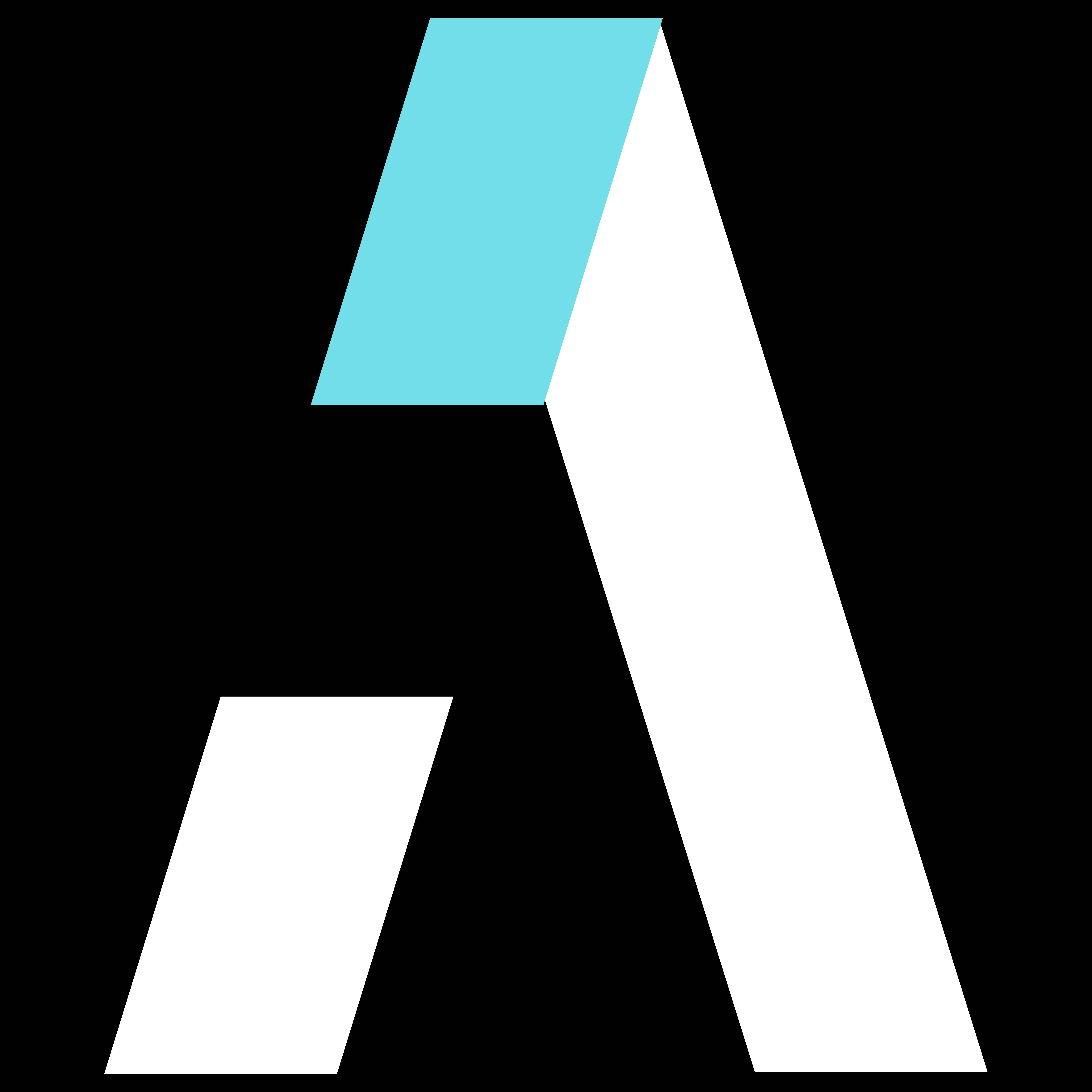Audio Presented by

Daml is a smart contract language. It defines the schema and execution of transactions between distributed parties.
About Author
Daml is a smart contract language. It defines the schema and execution of transactions between distributed parties.